While Impressionist paintings are characterized by a certain stylistic unity, the work of Paul Gauguin, the third of the greatest masters of the post-impressionist period, does not at all resemble
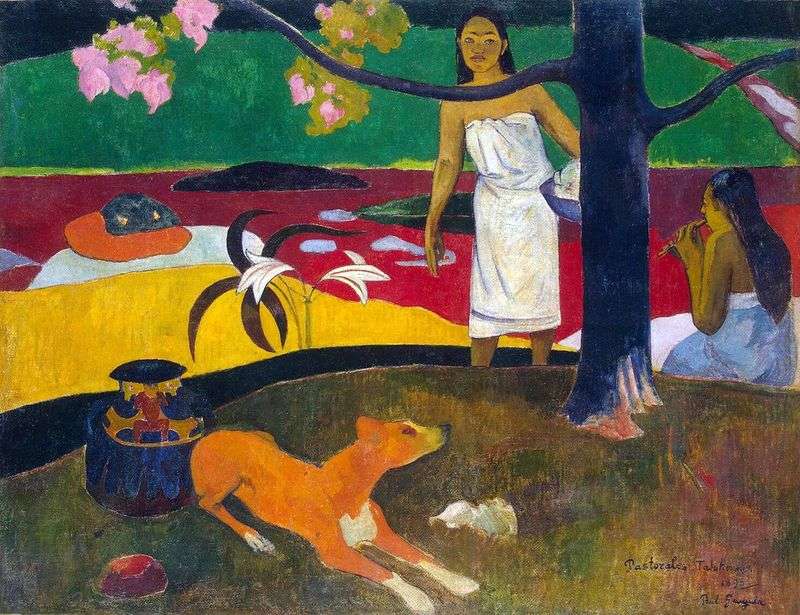

While Impressionist paintings are characterized by a certain stylistic unity, the work of Paul Gauguin, the third of the greatest masters of the post-impressionist period, does not at all resemble
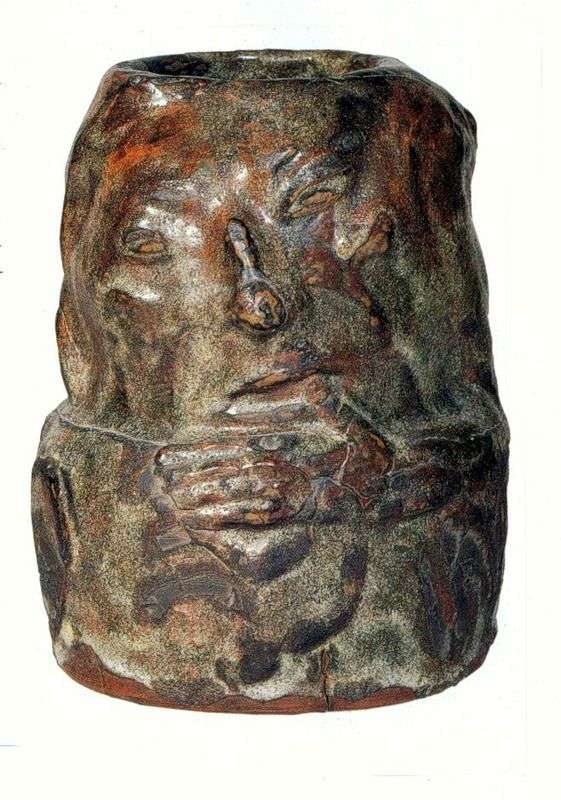
Working in collaboration with one of the leading ceramics masters, Ernest Chapelle, Gauguin decorated the ceramic vase with Breton scenes anticipating his late, synthetic style. Soon, in the same technique,
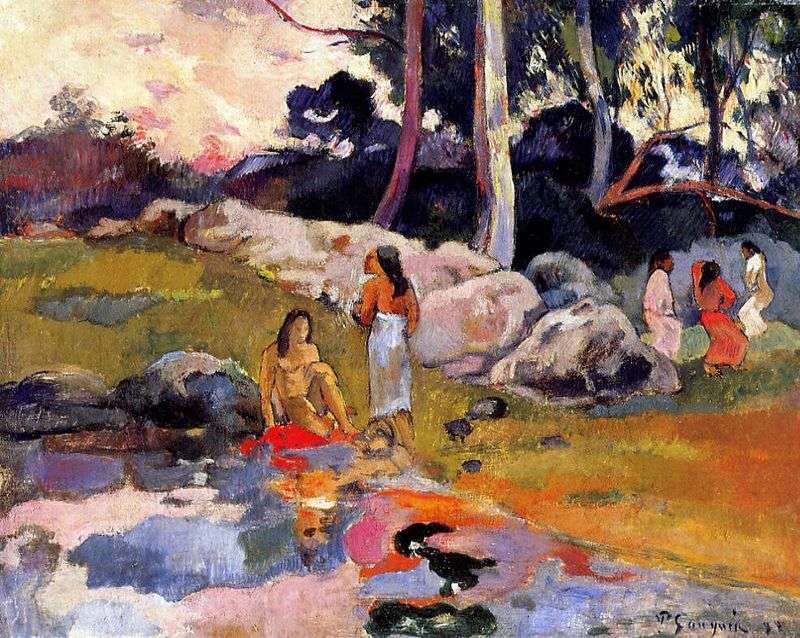
The impression of colors, the exoticism of the landscape, the abundance of female nudity – the details of one picture of Tahitian motives in the performance of one of the
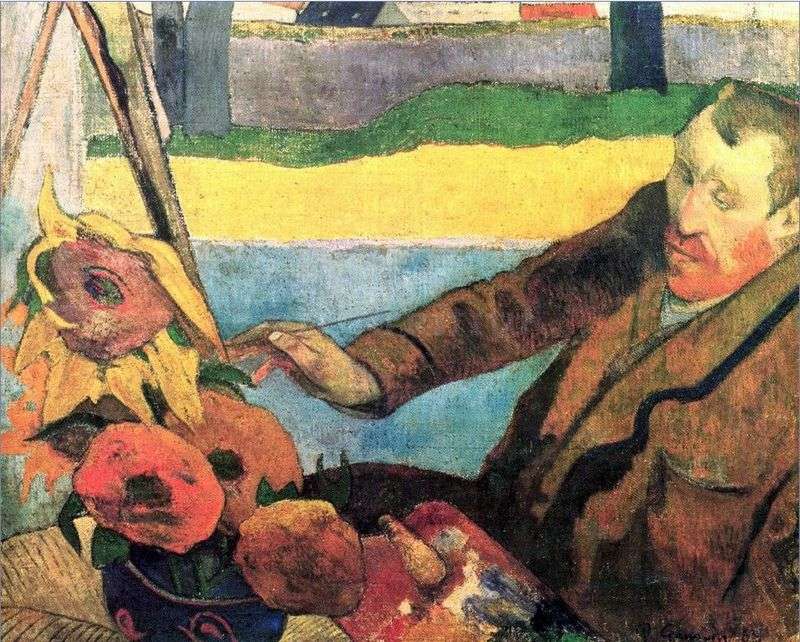
The friendship between Van Gogh and Gauguin was fraught with quarrels and ended when Van Gogh famously cut off his left ear. Since then they never met again, however, they
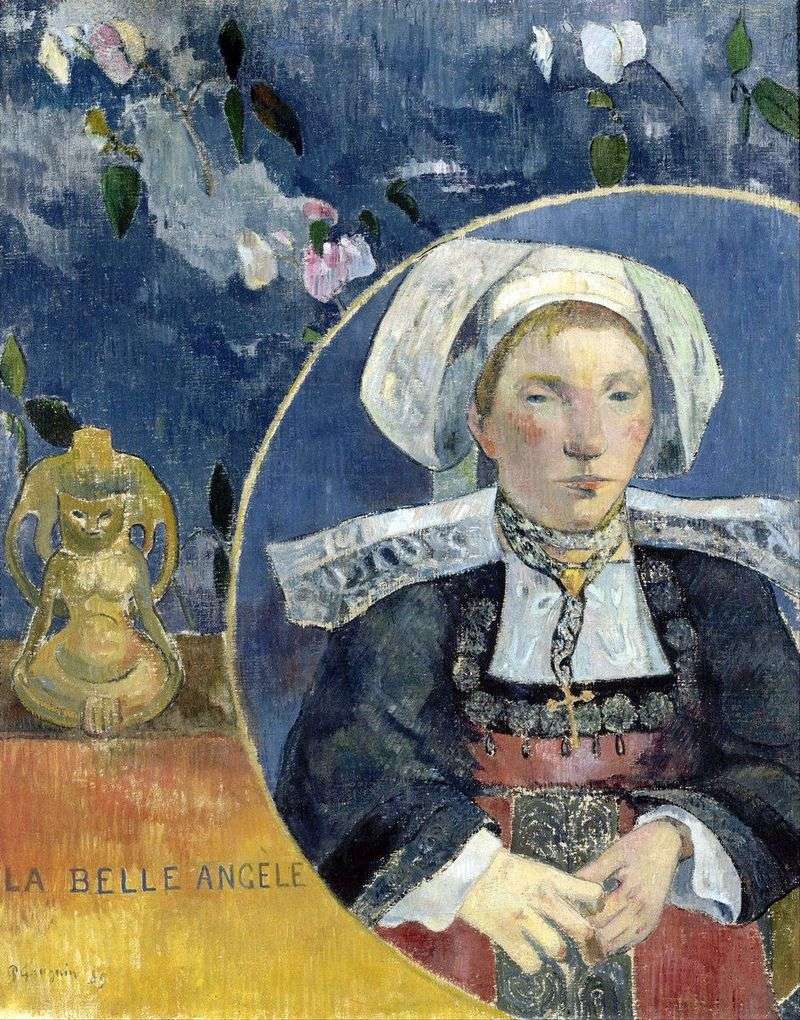
An amazing work, always creating a contradiction between the title and content. But such is the view of a brilliant artist who sought to convey to the viewer his aesthetic

Still life in the work of Paul Gauguin is of special interest for art historians. Since the artist did not often work in this genre, each of his still life
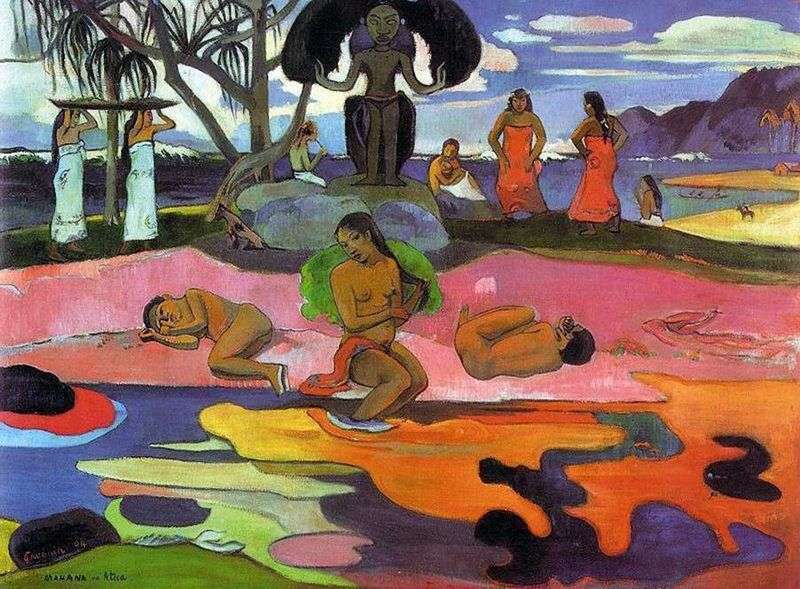
The canvas “Day of Deity” was written by Gogen in the interval between two periods of creativity, which art historians call Tahitian. Even while in France, the painter still did
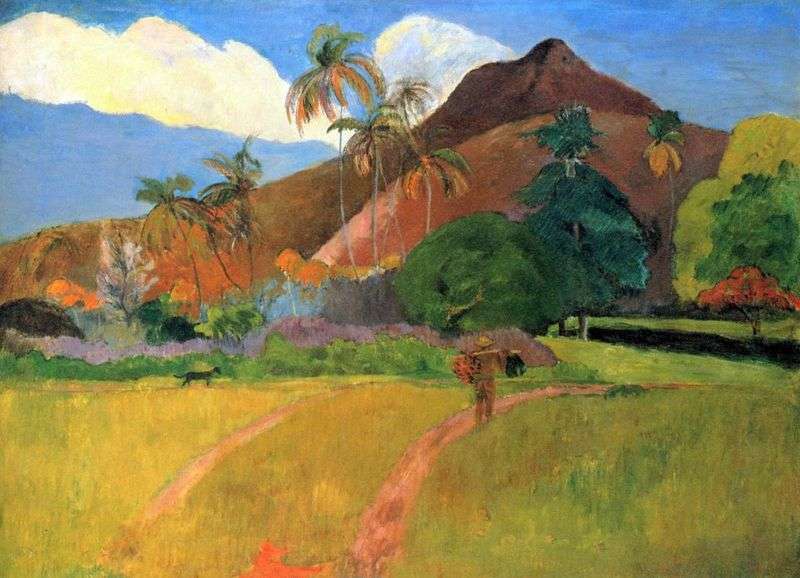
Of no small importance in the genre relation for Paul Gauguin is the landscape. The landscapes created by the artist are distinctive and unique. The landscape “Mountains in Tahiti” was
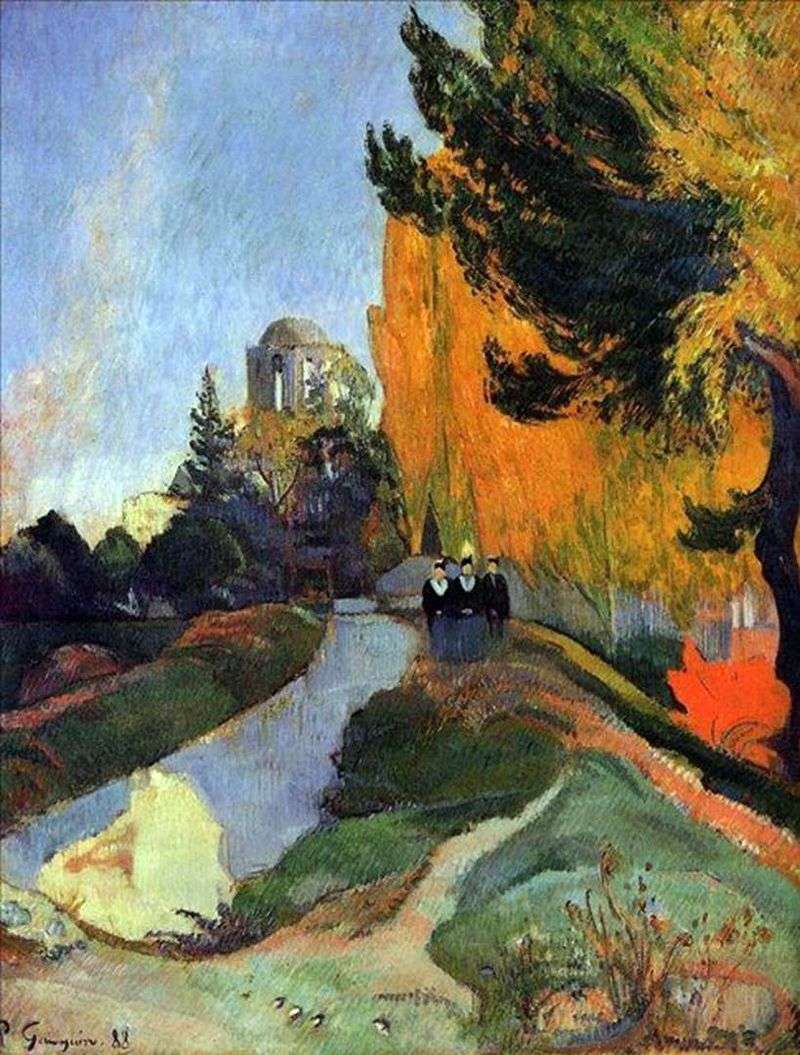
Like a fruit plate, the cloth of Paul Gauguin appeared before the audience. Surroundings of Arles – a small town in Provence – forever froze bright contrast spot of pure
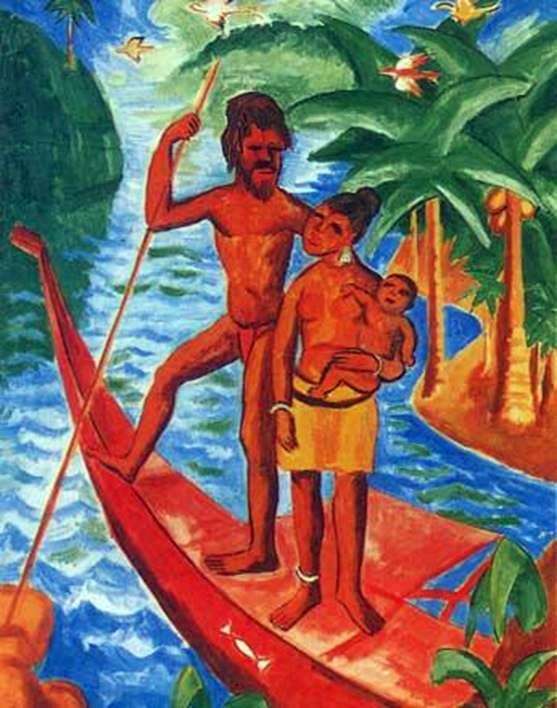
This canvas was created by Gogen in the interval between the two travels to Tahiti, so there is nothing strange about the bizarre combination of French and Polynesian traditions that
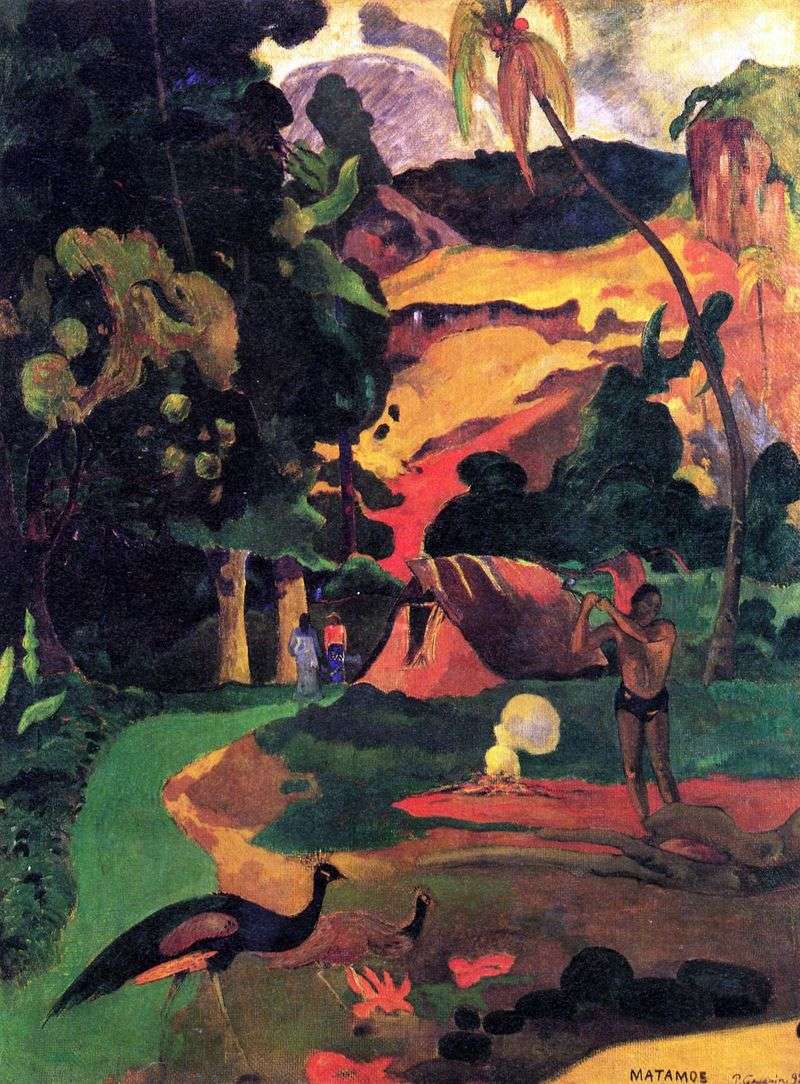
“Landscape with peacocks” written by Paul Gauguin is already at the end of the nineteenth century in the heyday of his work. To see the canvas and, on the whole,
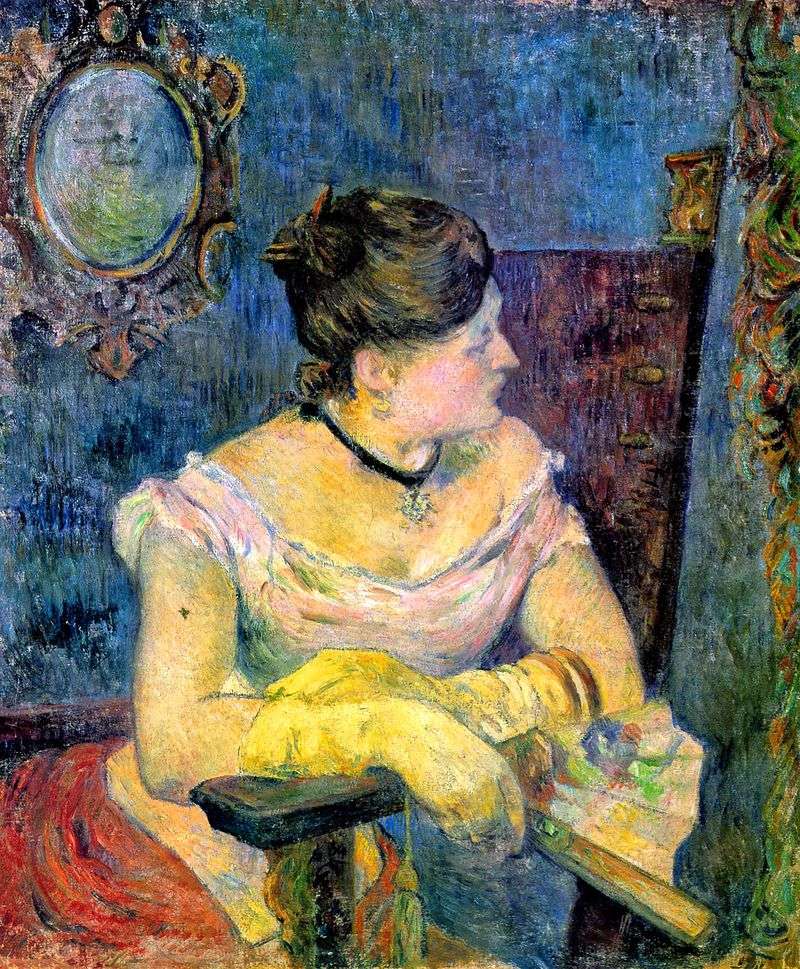
Fine in the level of skill is the work of Paul Gauguin’s “Portrait of Madame Gauguin in an Evening Dress”, created by him in 1884. The portrait is painted in

Nevermore – one of the most famous paintings of Paul Gauguin, he wrote in Tahiti in 1897. Stored in the Courtauld Institute of Art in London. The painting is a
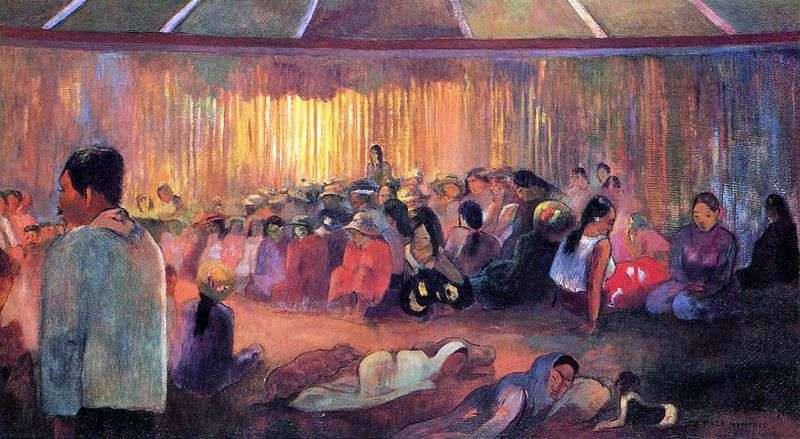
Paul Gauguin wrote an amazing canvas “House of the Hymns” in 1892, becoming finally an islander, leaving France. The work was included in the numerous collection of the second Tahitian
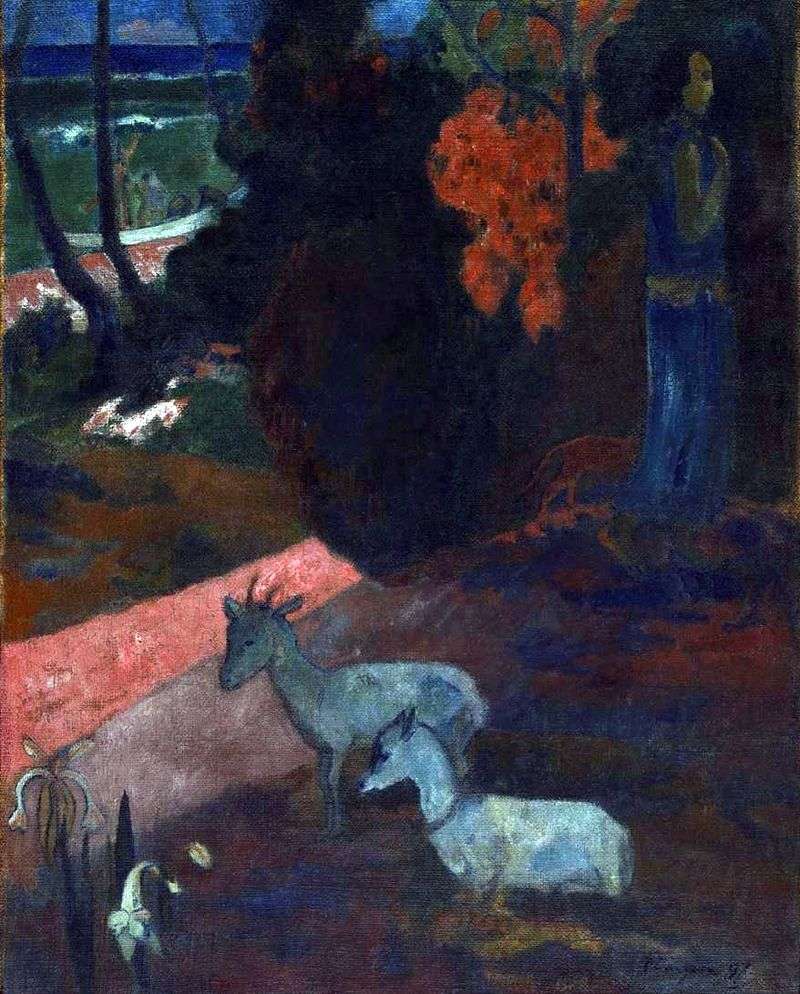
Connoisseurs and lovers of art history are well aware that Paul Gauguin has become a kind of pioneer in the development of Polynesia and Tahiti. He opened for the Europeans
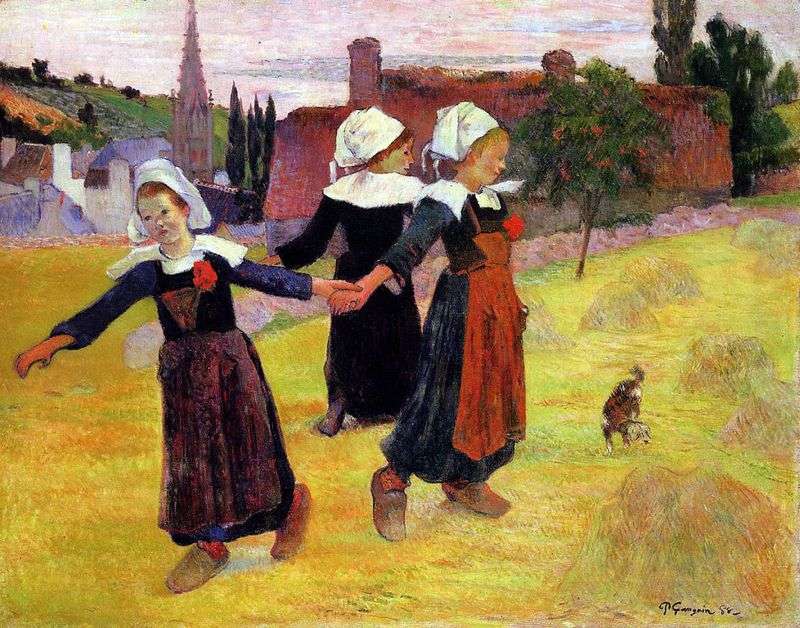
In 1888, after a serious illness, Paul Gauguin came to Brittany. The people in Brittany are original, preserving their traditions and having their own worldview. But, despite this the artist
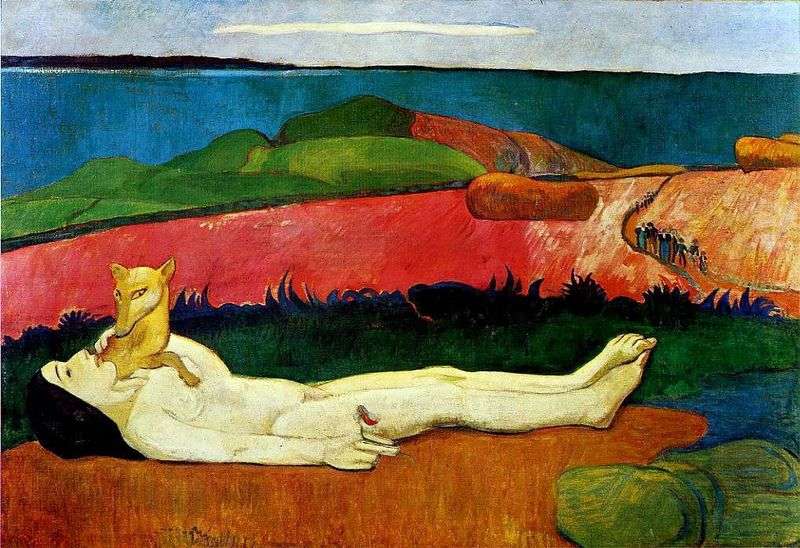
Cloth “Loss of Innocence” post-impressionist Paul Gauguin painted by the artist during the acquisition of a new “homeland” in Oceania – the island of his long-standing dream – Tahiti. It
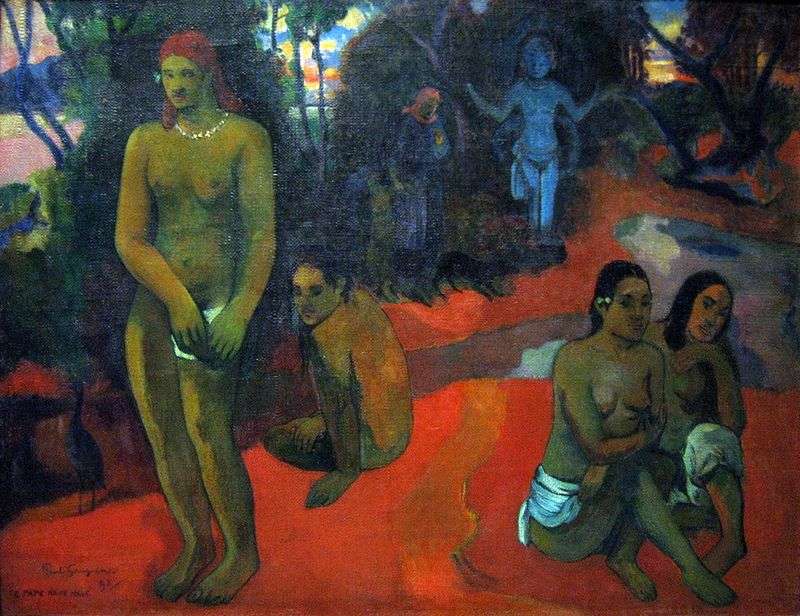
Picture “A great artist or delicious water wrote in 1898, living in Tahiti. So well after a hot day, plunging into the cool water, in the twilight relax, relax, breathe
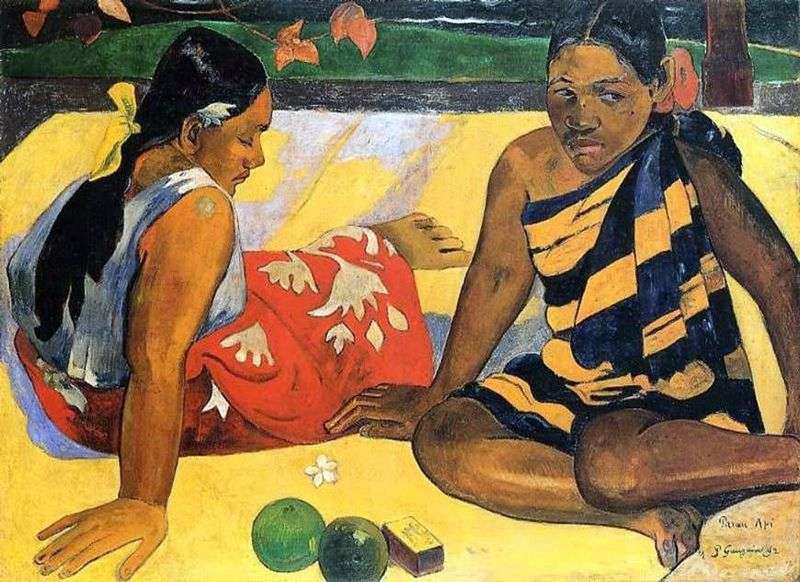
Arriving in Tahiti, Gauguin discovers a completely new aesthetic that sounded in unison with his ideas about color, plot and technique. Feeling free as a man, he began to create
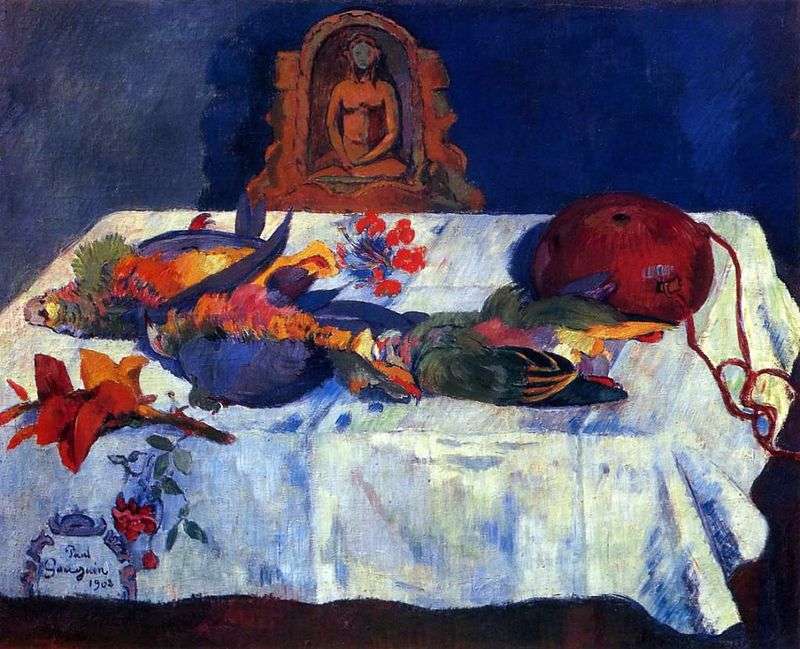
Parrot… A bird, as if created to please the eye, to amuse and entertain the onlooker with the imitation of human speech, an overseas miracle. And how shocking the image
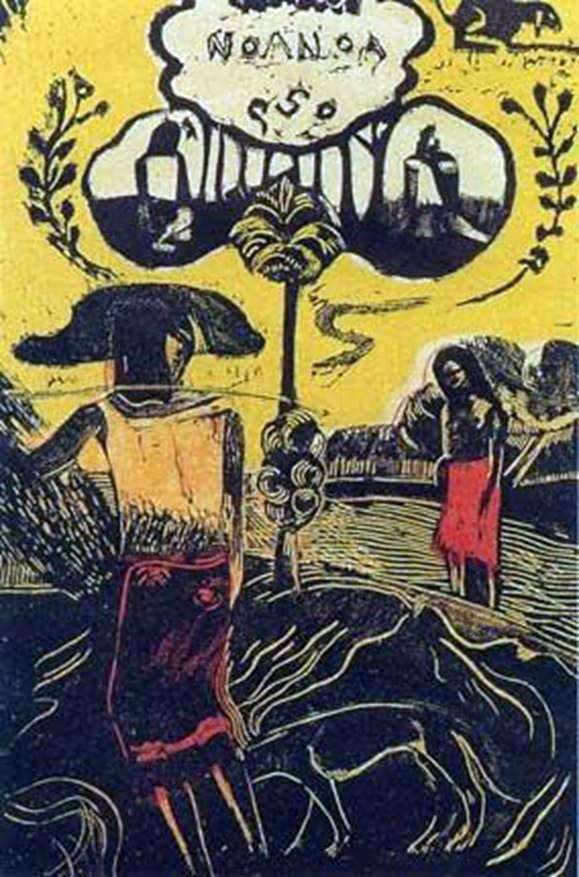
The first appeal to the engraving was due to the desire of Gauguin to earn money on the publication of his works. Together with Emil Bernard, he created a series